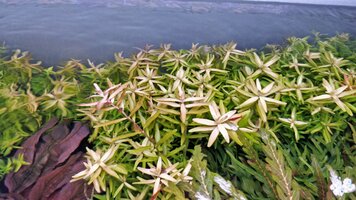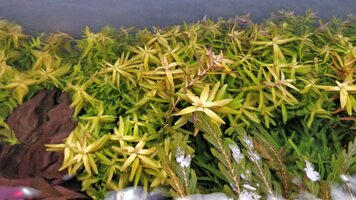Hi all,
The 24 ppm NO3 will be the minimum value that they recorded.
Because you live in the SE of England (where you've had a large population for a long time) you have a considerable input from treated waste water, and even the aquifers will contain high levels of nitrate. The same would apply to phosphate (PO4---) in surface water, but because you live in a hard water area much of that PO4--- will have precipitated out of the water column as calcium phosphate.
Your water company isn't obliged to report levels of potassium (K) or phosphorus (P), so we don't have values for them in the tap water. If you did want to test your water for them with a test kit, potassium is problematic (due to the solubility of group one metals) but the <"
JBL sensitive phosphate kit"> would give you a ball park figure.
I'd leave potassium nitrate (KNO3) out of your mix and see what happens. If you only want to change the NO3 level, and leave everything else the same, you could substitute potassium chloride (KCl).
The calculations for this are in <"
Will APFUK starter kit suite....">.
cheers Darrel






